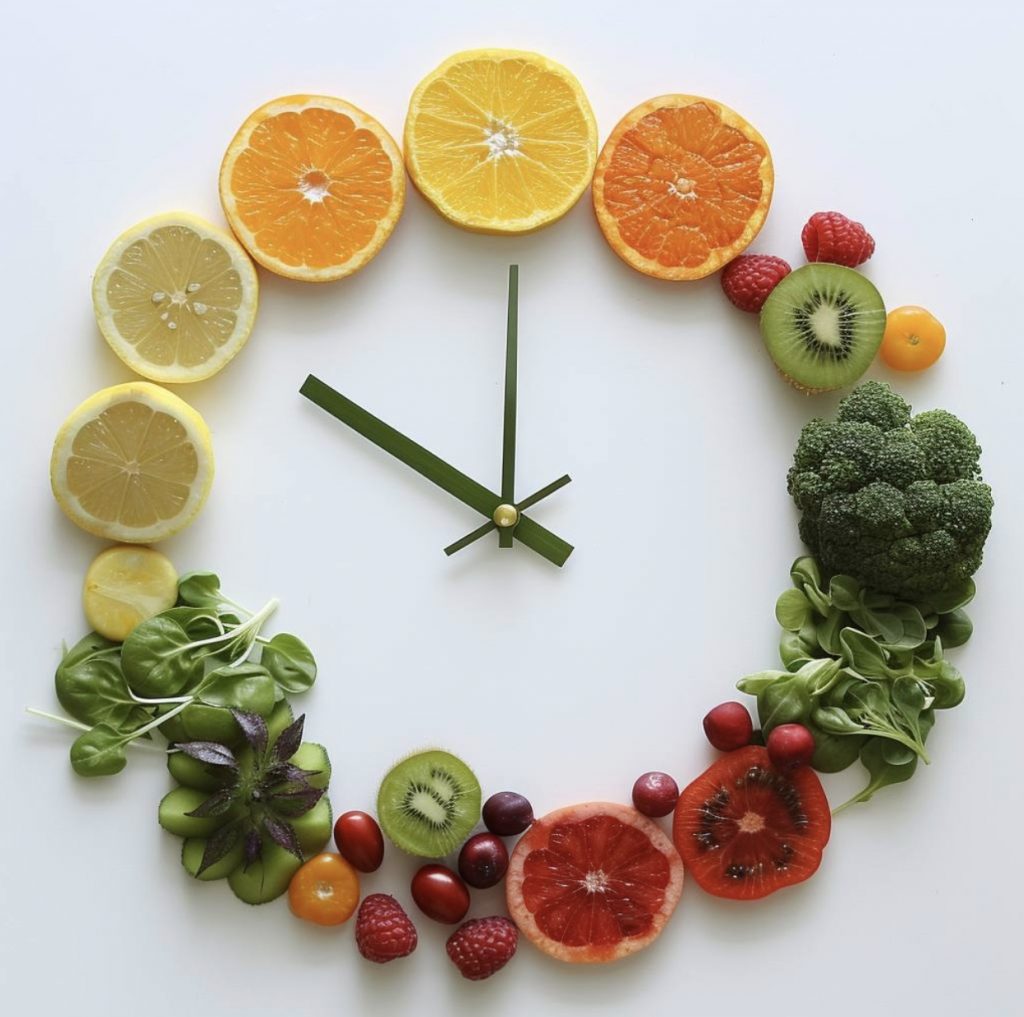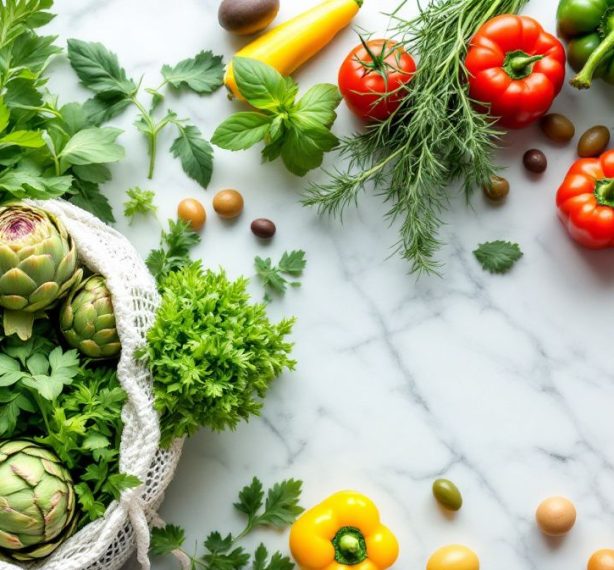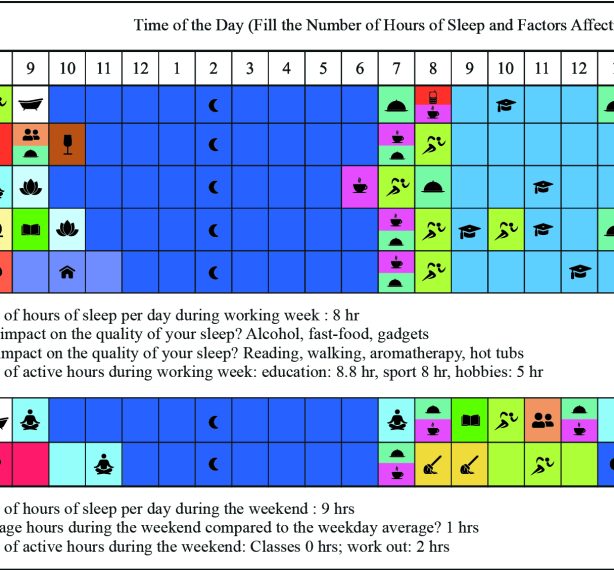
This topic becomes especially relevant with the onset of cold weather as our eating habits change. We crave more hot food, and in such cases, the body expends less energy on digesting food: it is absorbed better, but there are some caveats…
We share quality recommendations that can change life for the better in all its aspects. Let’s discuss important questions about the availability of products and convenience, the speed of preparation, and the suitability of dishes for family members.
Many vitamins contained in vegetables and fruits do not tolerate high temperatures, but at the same time, protein from meat and fish is better absorbed after good thermal processing.
So, let’s grasp an essential point that is not obvious: how to preserve the usefulness of products when choosing a particular cooking method or dish in a restaurant?
Quite often, for a full-fledged meal, we choose a “quick bite” lunch from semi-finished products or already prepared frozen dishes. Of course, this is quick and tasty, but there’s a catch.
Most products have long undergone extensive processing, and from hastily eaten meals, we rarely get the nutritional value that our body needs every day. Essentially, with fast food intake, we simply fill our stomachs with “empty” calories. Frequent consumption of such dishes can lead to serious health problems: diabetes, cardiovascular diseases, and obesity. This is primarily due to the fact that manufacturers add a large amount of sugar, sodium, and harmful fats to ready-made products.
First, let’s categorize the foods into different types: – protein (meat, fish, poultry, seafood, including legumes); – products with a high carbohydrate content (grains, cereals, and pasta); – products with a high vitamin content (fruits and vegetables); – products with a high mineral content (dairy products). For the body to function properly, we need all types of food! We cannot exclude one without disrupting the entire system.
Vegetables and protein are needed for a strong immune system and beauty, grains for the brisk functioning of the brain and high energy levels, and dairy products for the strength of bones, nails, and teeth.
As mentioned above, protein likes processing, after which it is better absorbed. And while with meat, fish, poultry, and seafood, everything is more or less clear (we cook them using our favorite method), there are some simple nuances with legumes. It is better to soak them in drinking water for 40–60 minutes before cooking, so that amino acids (the components of protein) undergo partial decomposition and are absorbed much easier.
Grains, cereals, and pasta are extremely important for the energy balance of our body. Sugars obtained from them are the number one resource for the quick and quality functioning of our brains. Try to choose those that are least processed. For example, ideal white polished rice will be less useful than ordinary buckwheat. And the best pasta is the one made from hard wheat varieties, with a protein content of not less than 12 grams per 100 grams of the product.
Vegetables are the main source of fiber and vitamins. They help our immune system stay strong. Everyone knows this, as well as the fact that fresh vegetables are best. Due to heat treatment, some vitamins are lost (for example, vitamin A, C, B vitamins, and others), as well as some vitamins are lost upon contact with air (when cutting).
Even less vitamins are lost upon reheating.. Therefore, it should be a rule to cook vegetables once, with minimal heat treatment, and to cut vegetables into large pieces. It should be noted that if the season of fresh vegetables is over, frozen ones can be used (almost all vitamins remain intact after freezing, except for vitamin C).
Vegetables such as potatoes, carrots, and beets are best boiled with the skin on, so that the vegetables release fewer vitamins into the water. And when cooking soup, it is best to cover the broth with a lid so that the nutrients do not evaporate with the steam.
Calcium in dairy products almost does not lose its properties during pasteurization, which is widely used for processing dairy products. For people with lactose intolerance, supplements can be an option, or they can try to consume dairy products in small portions in combination with other products. Usually, there are no side effects with such a combination.
Conclusion:
Make salads from fresh vegetables only once.
Always cut vegetables and fruits into large pieces.
Boil soup only with a closed lid.
It is best to boil vegetables with the skin on.
When cooking, put vegetables in boiling water.



